Moissanites an alternative to diamonds.

This stone was discovered at the end of the 19th century in a meteorite crater in Arizona by the chemist Henri Moissan, who named it with a slight modification to his surname.
Its composition is silicon carbide, a form that is very rare in nature and found in very small quantities, however it can be recreated through laboratory processes, significantly reducing its cost and production time.
In general, it has properties very similar to those of diamond, the undisputed favorite when it comes to engagement ring jewelry, making it difficult to tell the difference with the naked eye.
Differences and similarities
The first difference between these two stones is their basic shape. Diamonds are square-cut, while moissanite is hexagonal. This can be seen when examining the internal patterns of each material.
The next point in which these minerals differ is in brilliance, since moissanite, when in contact with sunlight, tends to generate rainbow flashes, as if it were a prism, the result of a gemological peculiarity called dispersion.
Finally, there's the cost. Since moissanite is synthetically produced, it typically costs 15-20% of what a diamond can fetch. This is a great option for couples looking for an incredible stone, but on a budget.
Moissanite is a gem that stands out not only for its brilliance and hardness, but also for its affordability and outstanding properties, or even as a safety feature, as it can be used to replace a real diamond and protect it from potential accidents. Now that you know about it, would you look for this alternative for your engagement ring?





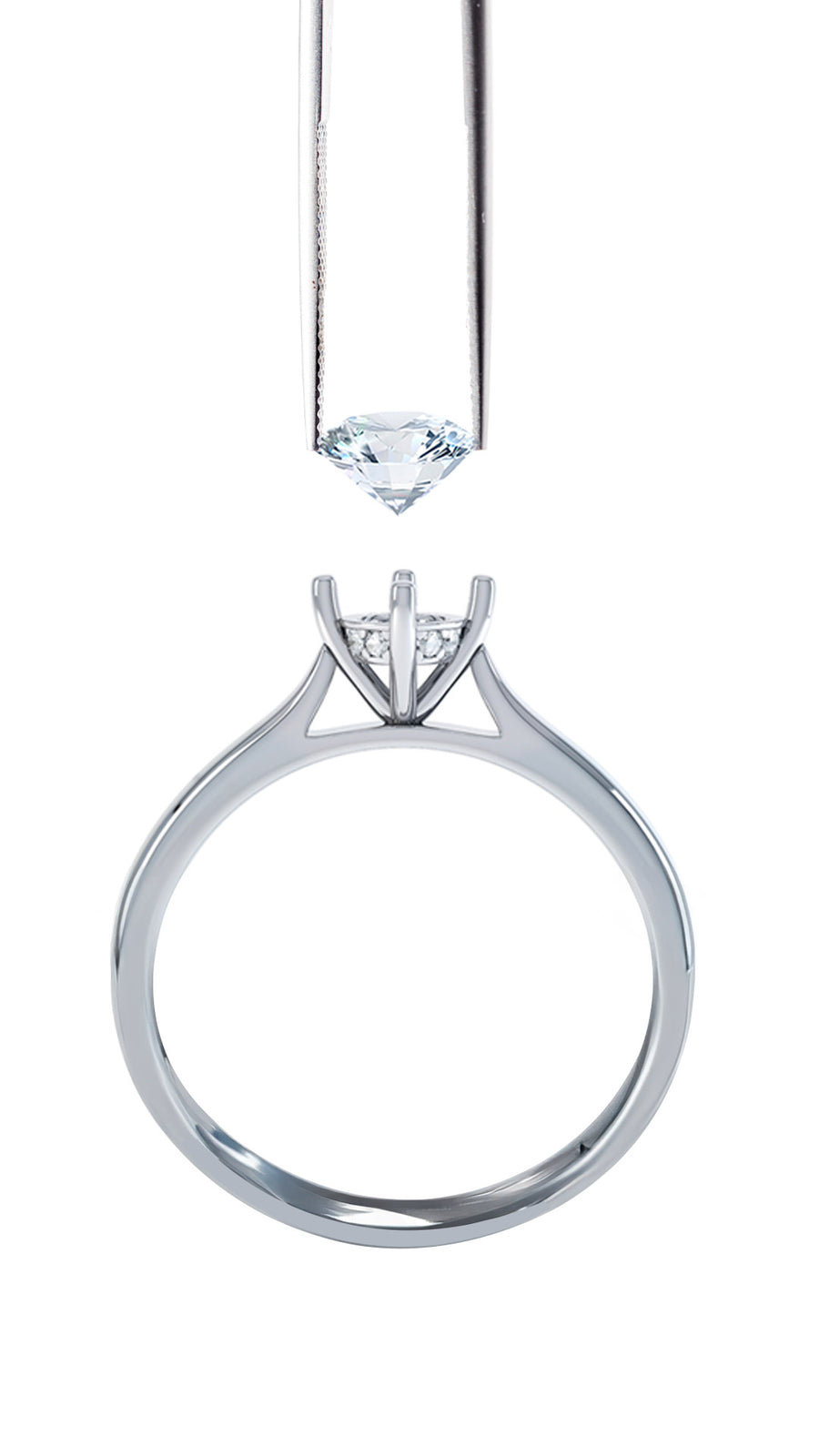
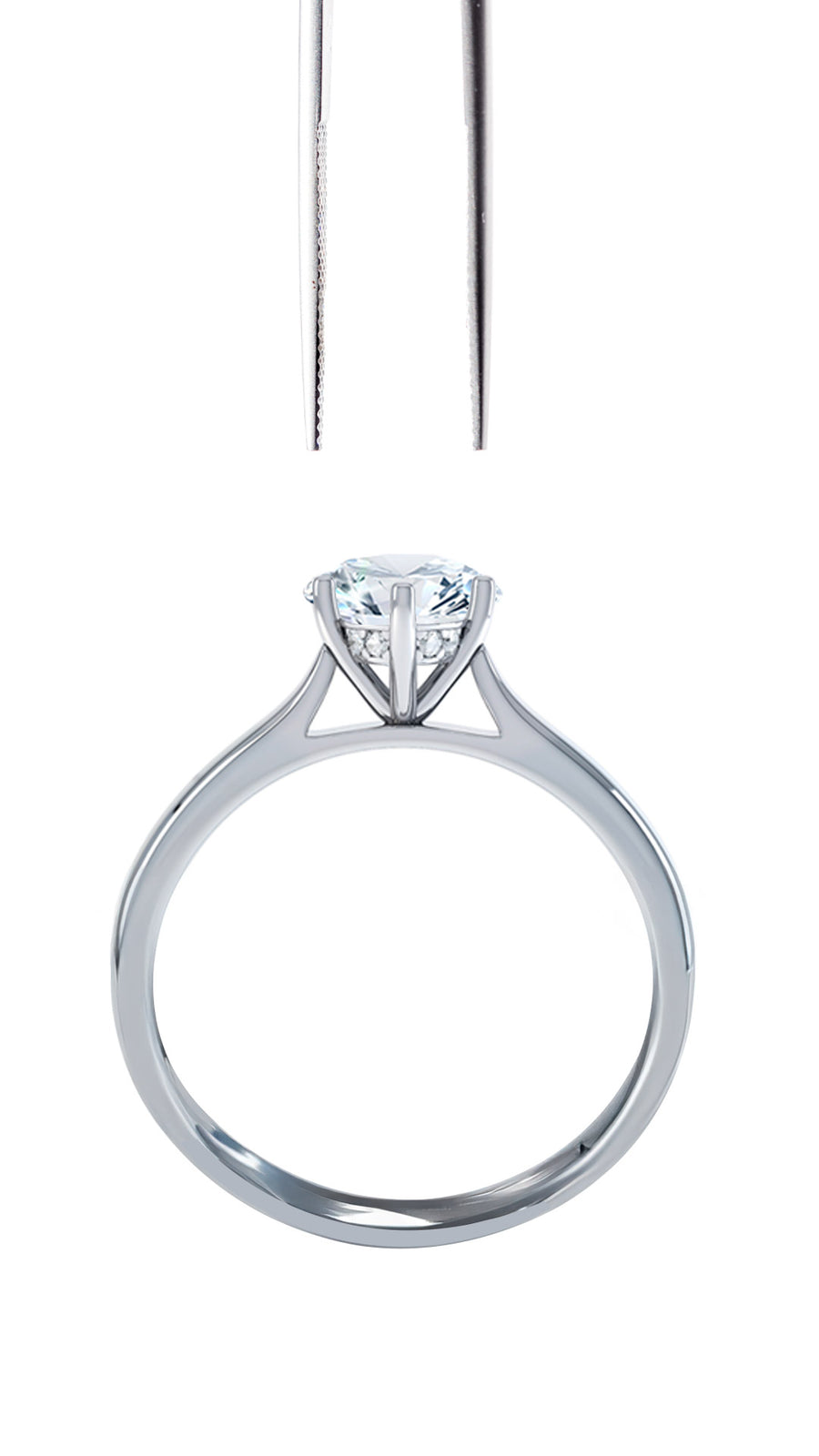
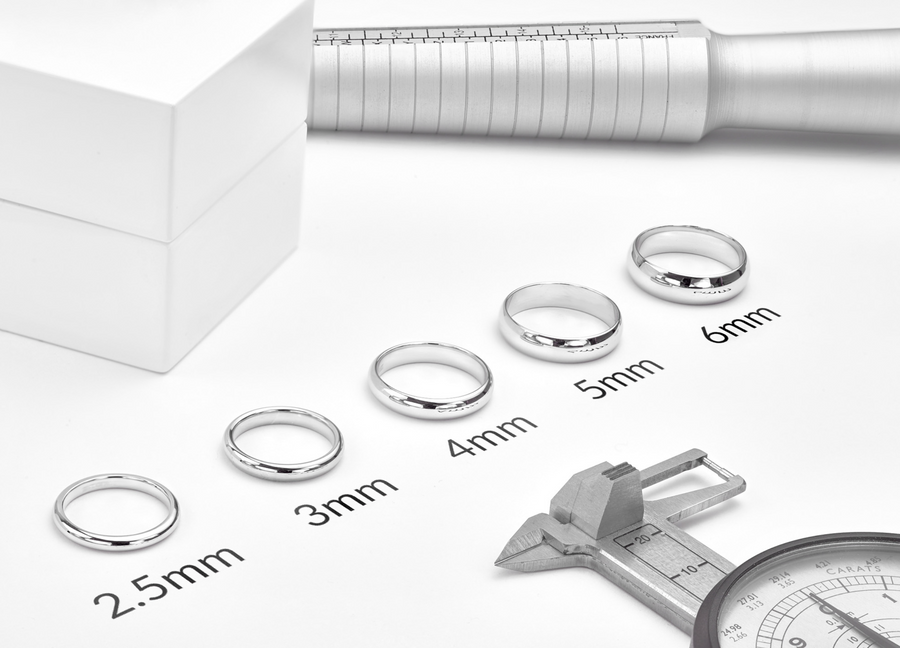
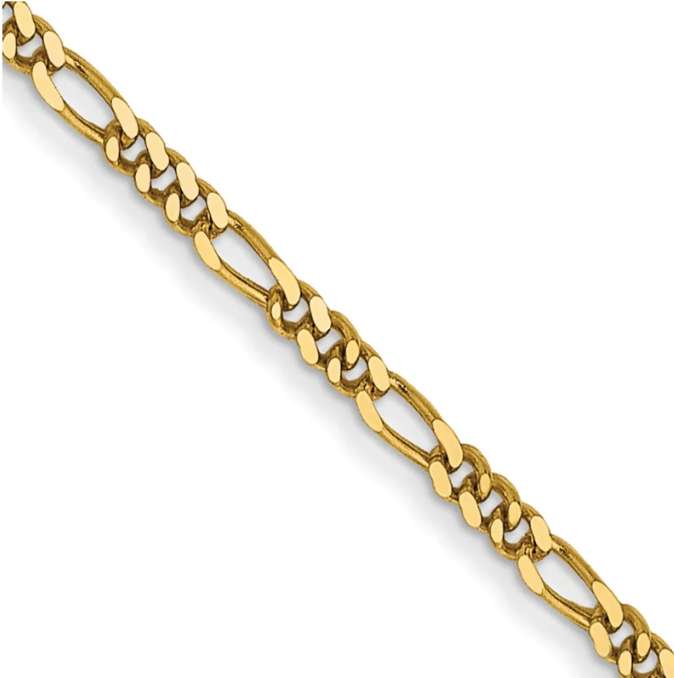
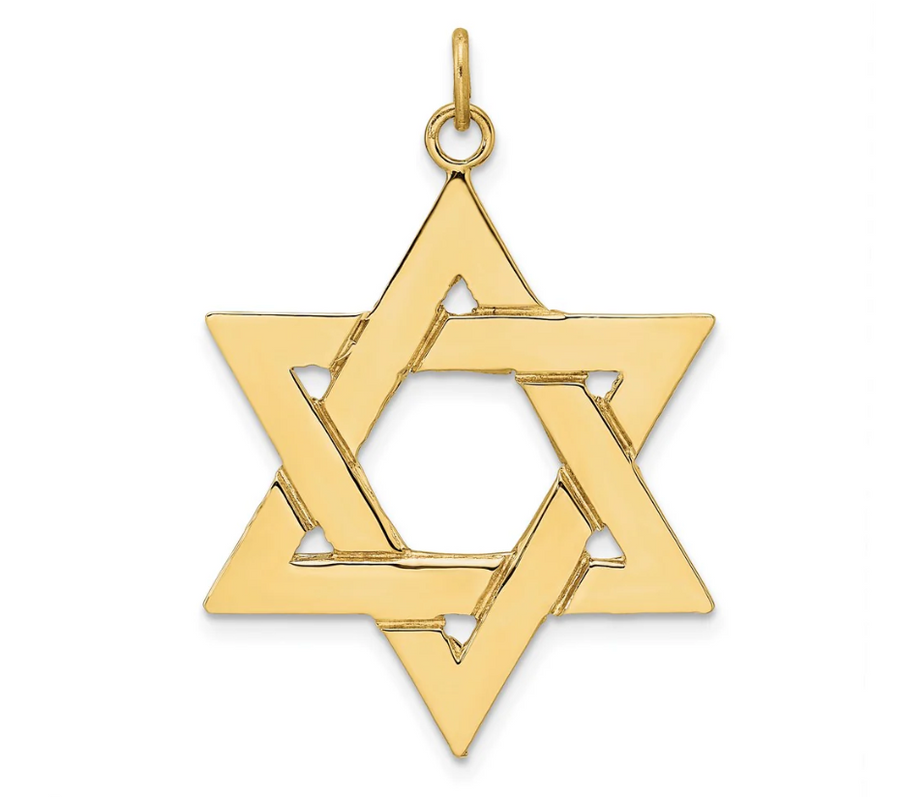
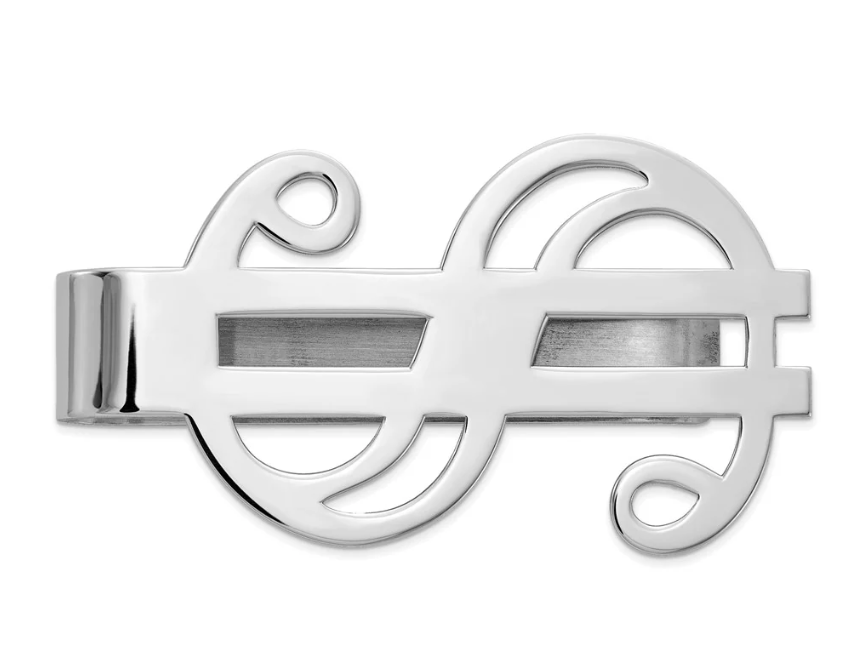



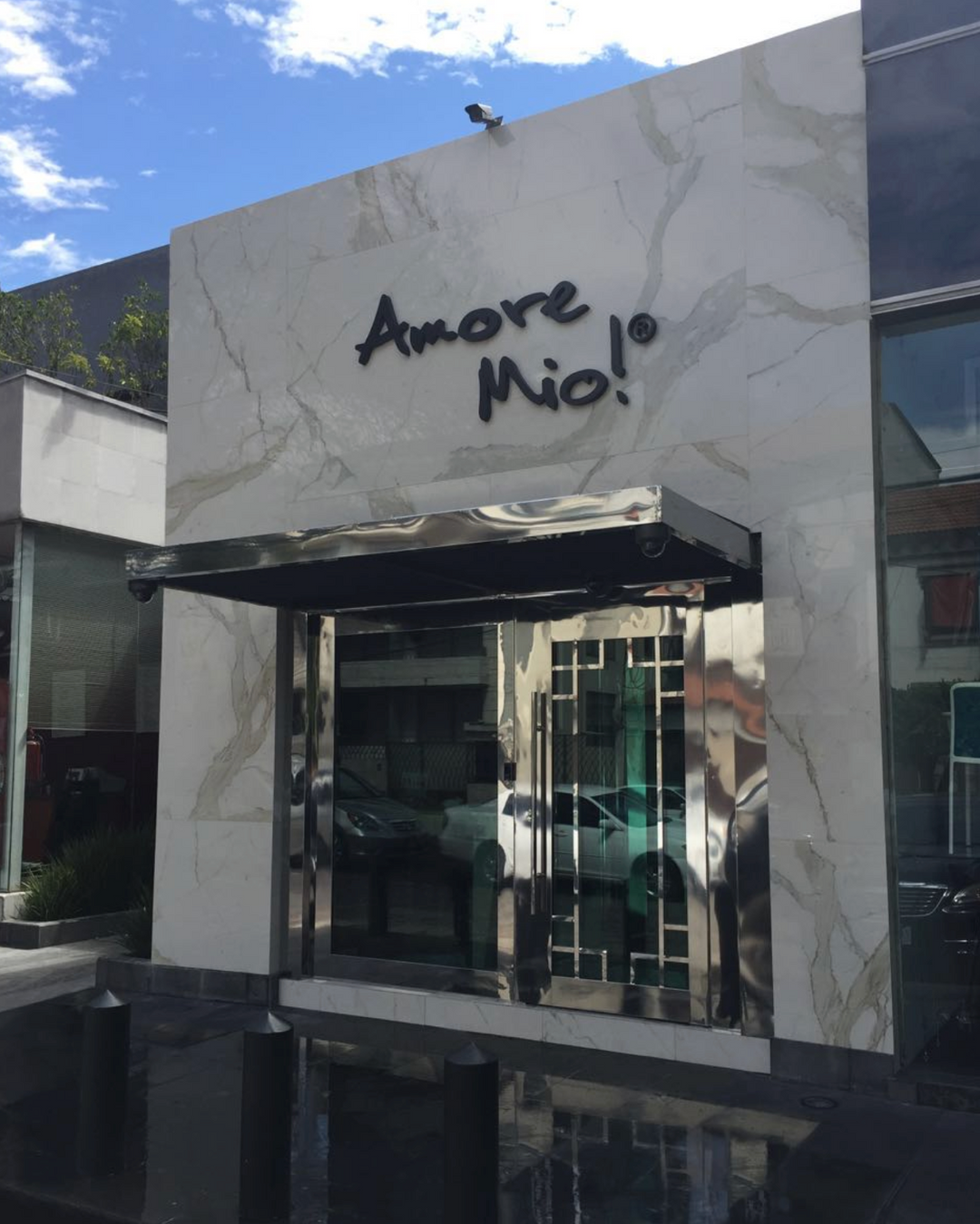
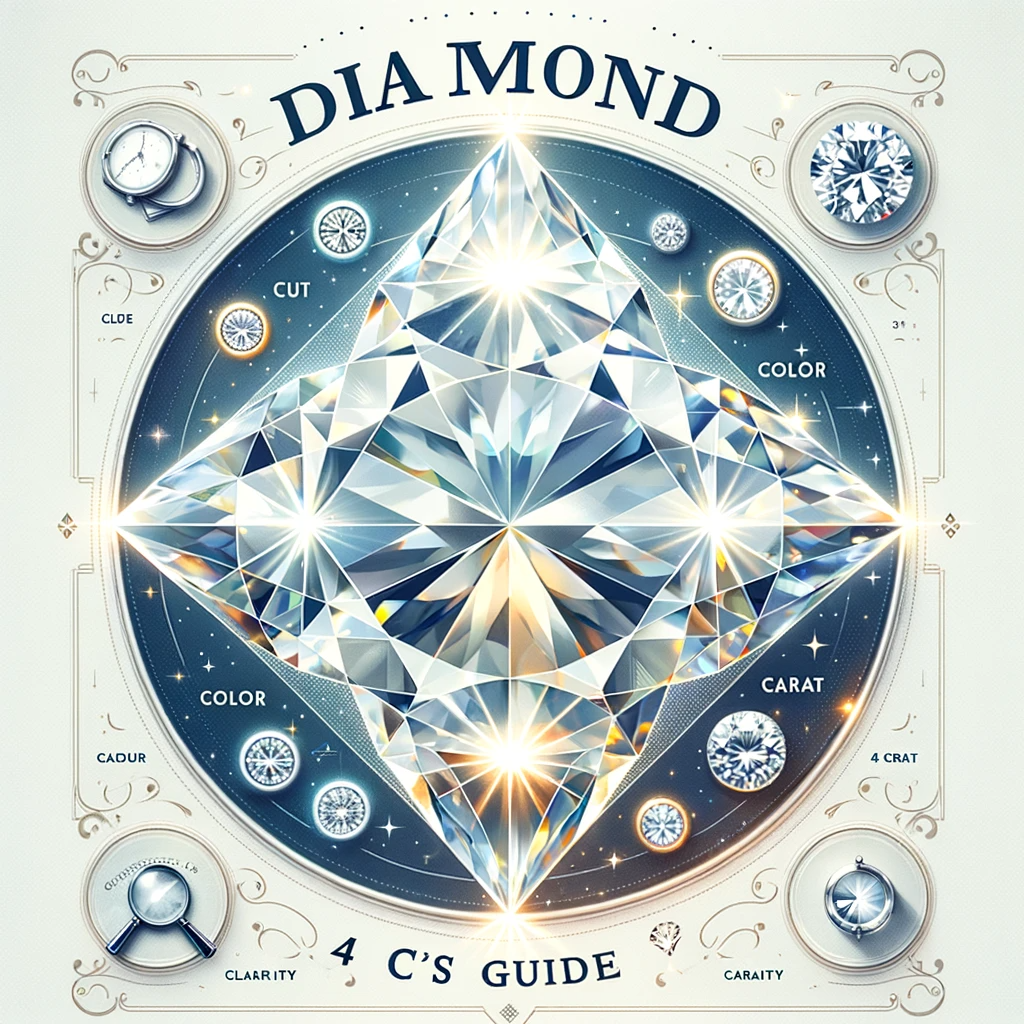

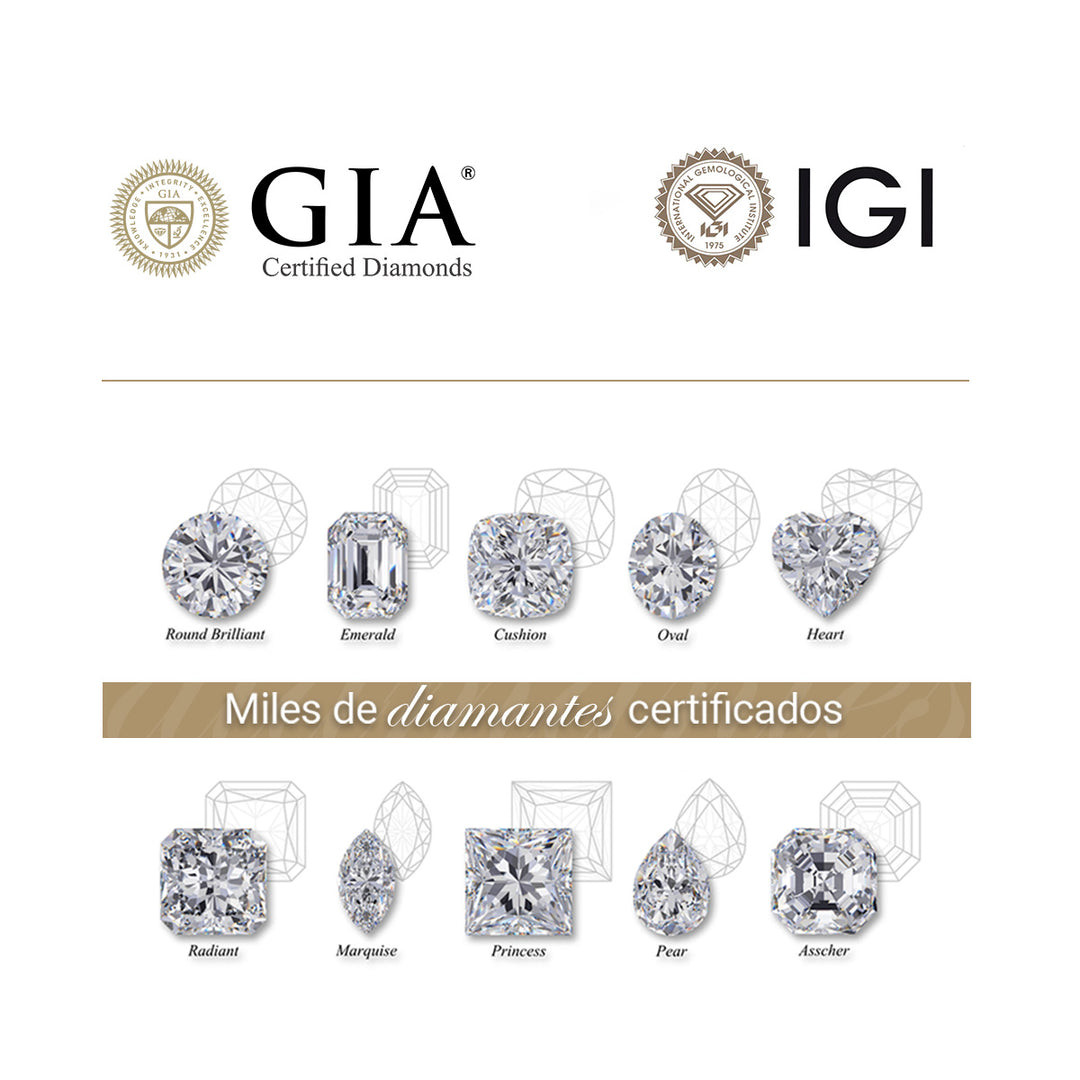

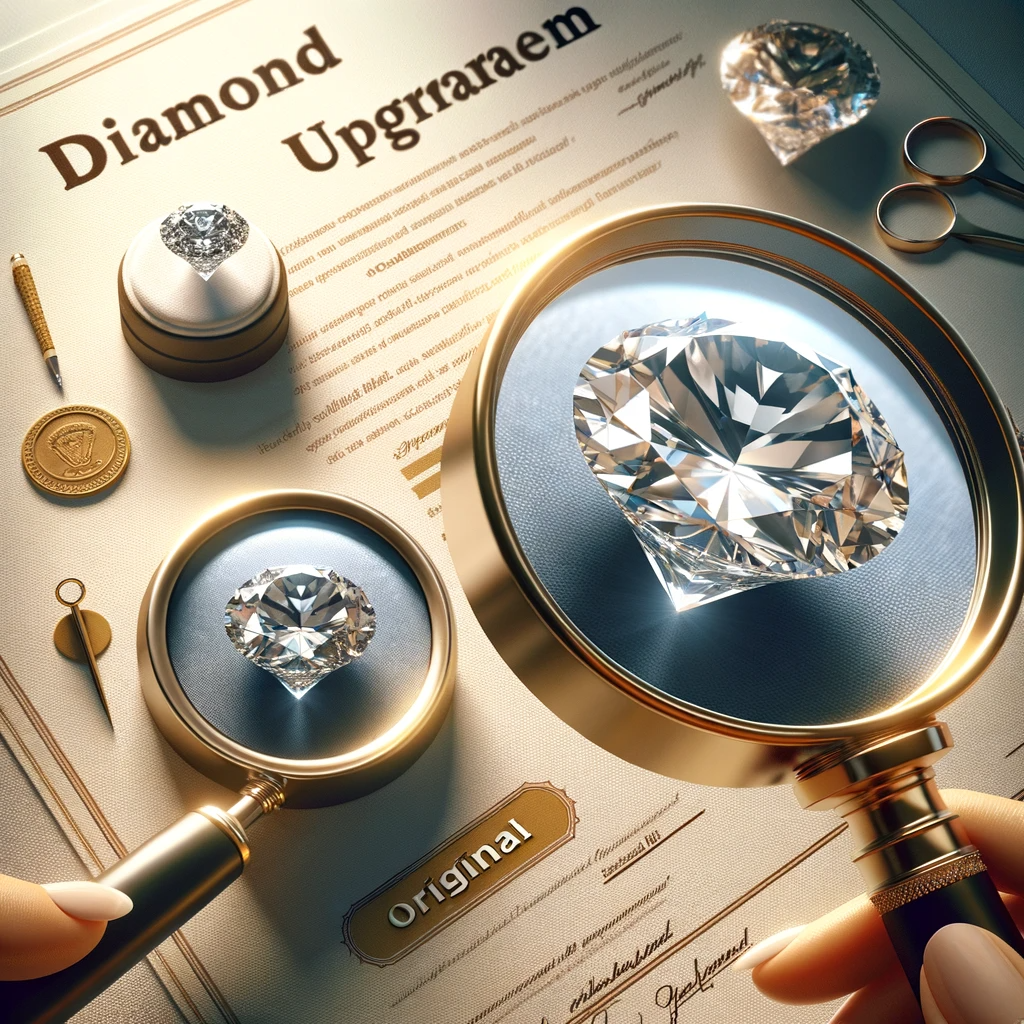
Excelente piedra que no le pide nada a un diamante original, es más puede confundirse fácilmente…..
Leave a comment